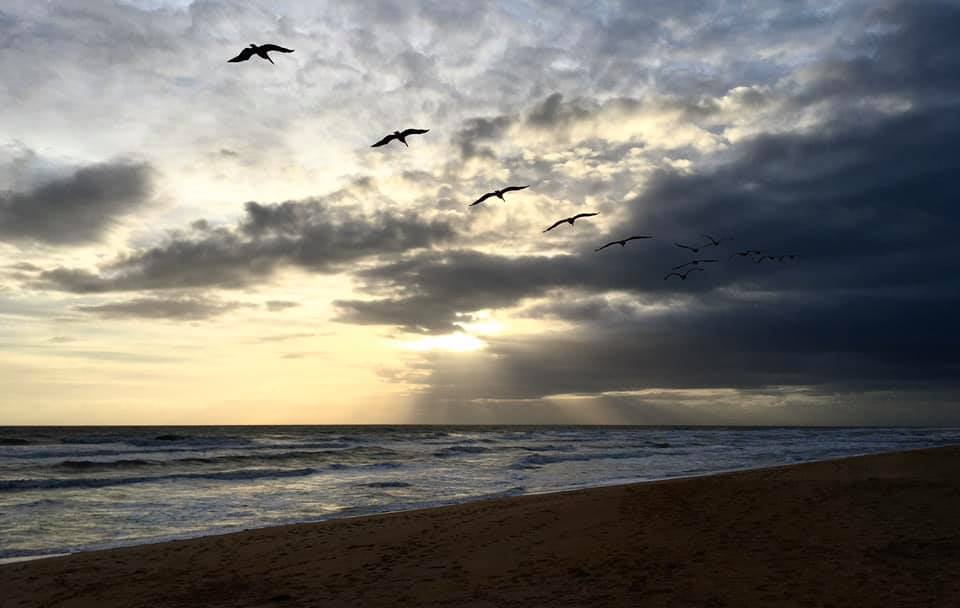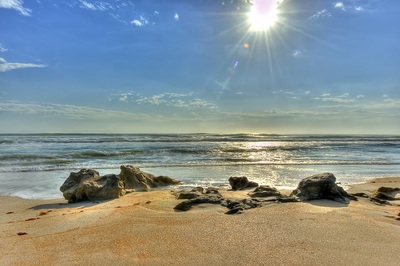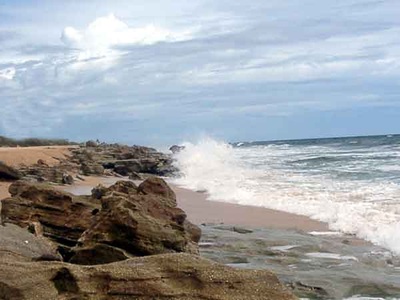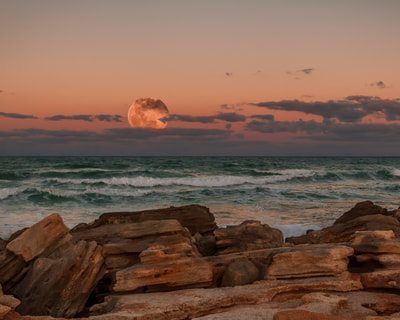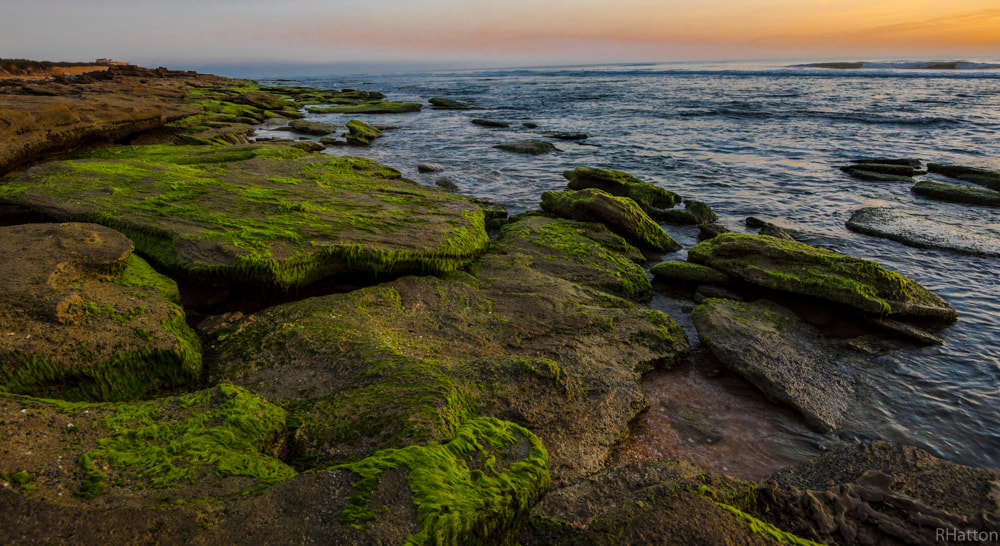What is Coquina Rock?
Coquina= ("co-KEEN-a")
Coquina rock is a type of sedimentary rock. The rock in our area formed in the near shore region, where shells and sand become well sorted by wave action. During times when sea level was lower, these shells and sand were exposed to rain. The rainwater dissolved some of the calcium carbonate (limestone) from the shells, which “glued” together the sand and shells into rock. If you look closely at the rock, you can see the individual shells and sand grains that are cemented together.
The coquina rock is part of the Anastasia formation, which stretches from St. Augustine to Palm Beach County, and was created during the Pleistocene era (12,000 to 2.5 million years ago.) The word “coquina” is Spanish for “cockle” and is the name given to the small, burrowing clam that lives in the sand just at the ocean’s edge.
The scientific name for the coquina clam is Donax variabilis, as the shells of the clams can be various colors. These clams are also sometimes called“periwinkles” by locals, but true periwinkles are actually snails.
Coquina= ("co-KEEN-a")
Coquina rock is a type of sedimentary rock. The rock in our area formed in the near shore region, where shells and sand become well sorted by wave action. During times when sea level was lower, these shells and sand were exposed to rain. The rainwater dissolved some of the calcium carbonate (limestone) from the shells, which “glued” together the sand and shells into rock. If you look closely at the rock, you can see the individual shells and sand grains that are cemented together.
The coquina rock is part of the Anastasia formation, which stretches from St. Augustine to Palm Beach County, and was created during the Pleistocene era (12,000 to 2.5 million years ago.) The word “coquina” is Spanish for “cockle” and is the name given to the small, burrowing clam that lives in the sand just at the ocean’s edge.
The scientific name for the coquina clam is Donax variabilis, as the shells of the clams can be various colors. These clams are also sometimes called“periwinkles” by locals, but true periwinkles are actually snails.


